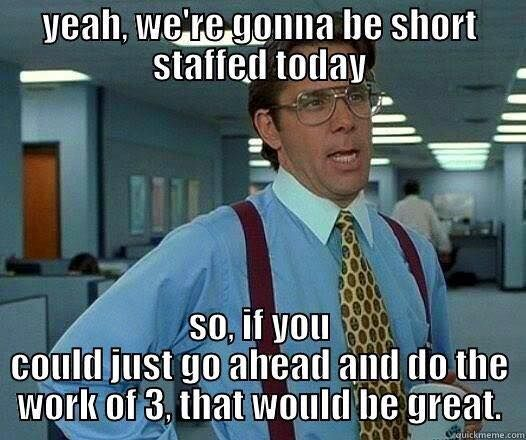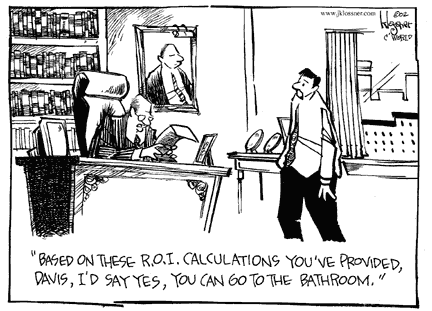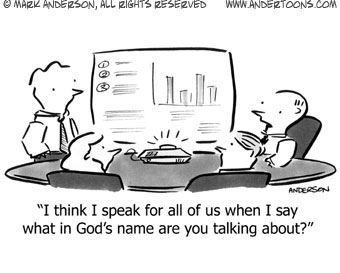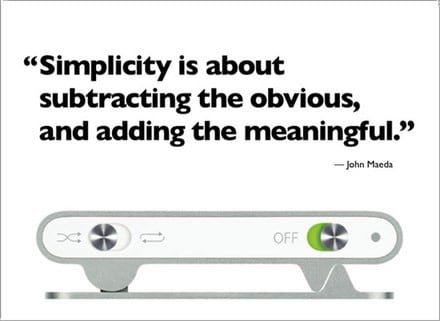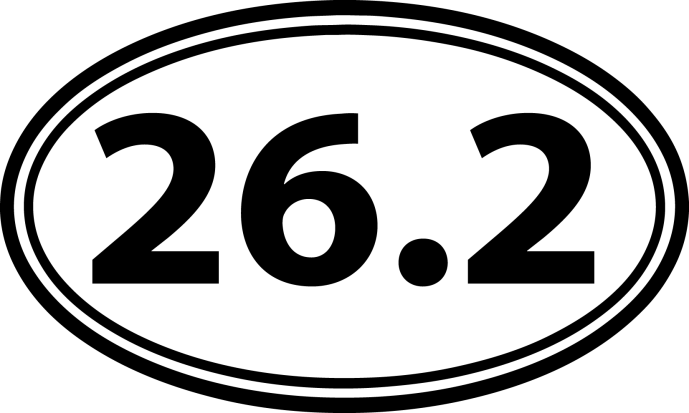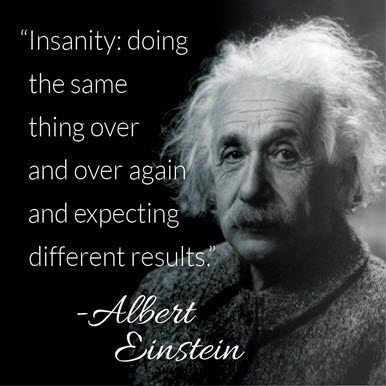When Politics Intrude: Business and Talent Challenges
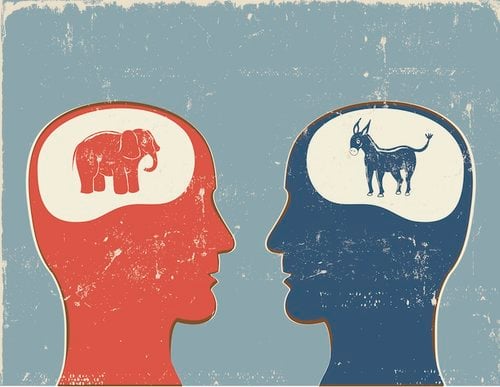
Early this year, a meeting planner scheduled a big event with several speakers. The planner worked with a committee to arrive at an agenda and manage a list of planned exhibitors at the event. It was all business. Then, as often is the case, life interrupted.
One of the speakers was known for being strongly opinionated politically and willing to put up a spirited conversation. Between the booking and the actual event, the scheduled personality started broadcasting some opinions on social media that many found antagonistic. At the same time, a few attendees of the event took notice that one of the exhibitors was Trump Hotels.


